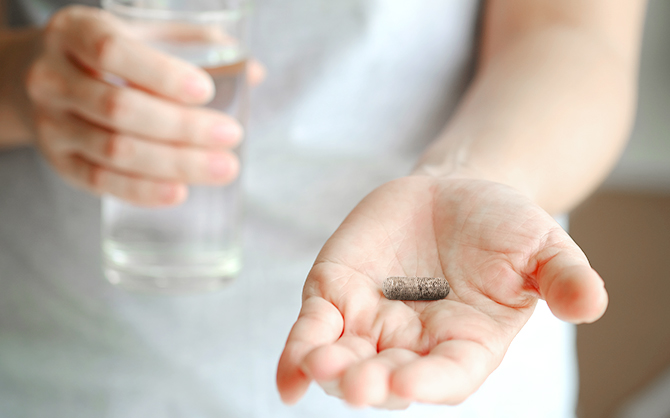There is a rising interest in placentophagy among postpartum women, especially in the United States. Maternal placentophagy, the postpartum ingestin of the placenta by the mother, is a common behavior among mammals (save for camels and aquatic animals). However, it is not routine behavior in the human culture, though it is widespread among other primate species.
History of Placentophagy
The first references to medicinal use of human placenta in traditional Chinese medicine are from five centuries ago. Even though there has been little evidence of the practice, some instances have been recorded in the last 50 years. According to Google, the number of Internet searches for “placenta encapsulation” has risen 100-fold since 2009, peaking in January of 2015. In the last five years, especially, the practice has come up more in scientific literature and in pop culture by celebrities. The overwhelming majority (93%) of those interested in placenta consumption are educated, married, middle-class, white American women.
How It’s Consumed
The placeneta can be eaten raw, cooked or encapsultaed. Although it has been done, eating the placenta raw is the least common method. Typically, the raw placenta is mixed with fruit or juice to create a smoothie that will mask the placenta’s taste. It can also be roasted or cooked and used in stews and casserole dishes. Recipe books can be found on Amazon and countless preparation methods are posted in blogs.
The most popular method for consuming the placenta during the postpartum period, though, is encapsulation. Encapsulation specialists steam and dehydrate the placenta for 8-10 hours, then grind it into a powder that is packed into capsules. Depending on the size of the placenta and the capsules used, about 75 to 200 capsules can be made. It’s generally recommended to take the capsules two at a time, four times daily for about six weeks. Some people who dislike swallowing capsules simply open them and sprinkle the dried placenta on their food. The encapsulation process has created jobs for doulas, midwives and other birth advocates. The average cost for encapsulation is $150 – $400.
Self-Reported Benefits
There is a rising trend of mothers who consume their placenta with the expectation they will achieve proposed health benefits of pain relief, hormone replacement, increased iron levels and prevention of postpartum hemorrhage. Advocates for placenta consumption claim a host of benefits including increased energy, improved milk supply, improvement in postpartum mood – possibly even the prevention of postpartum depression. These claims are based strictly on anecdotal evidence from women who have reported self-perceived benefits. To date there is no scientific evidencee to support clinical benefits of human placentophagy.
Words of Caution
Of course, there are possible risks including infection, thromboembolism from estrogens in placental tissue, and accumulation of environmental toxins. One review of human placentophagy from August of 2017 goes into detail about the many risks of the practice. Those interested in human placentophagy should also be aware that, like other health supplements, the FDA does not approve this practice. There are no laws regarding placental retrieval or consumption, and individual hospitals may not have a process to save the placenta and package it to be taken home.
Plan Ahead
Patients interested in consuming their placenta should do their research to explore the history, benefits and risks. If they decide it is something they want to do, they will need to find out what arrangements they need to make ahead of the birth to collect, transport and process the placenta.



